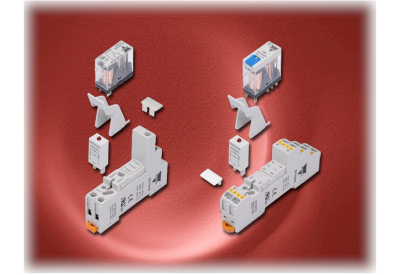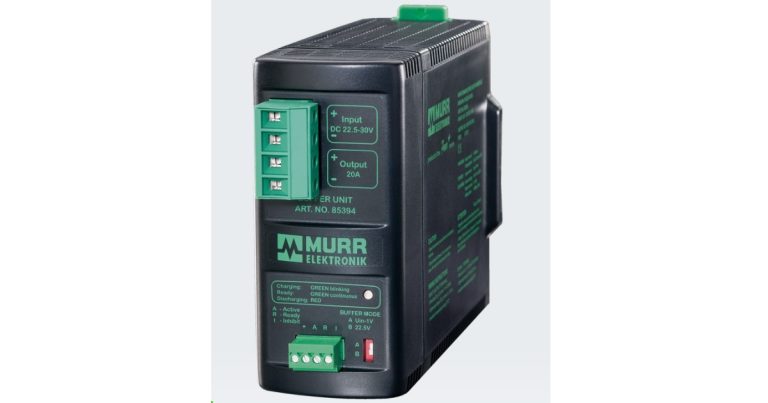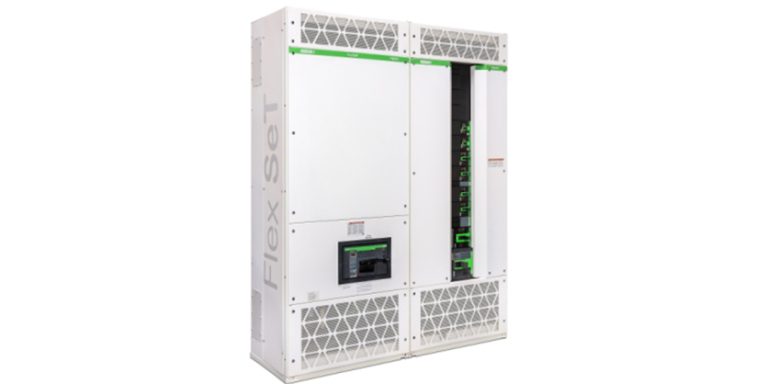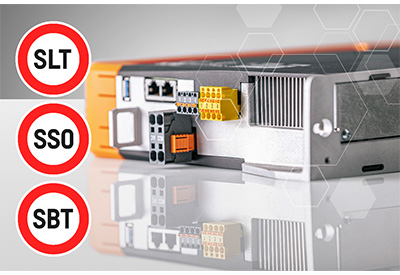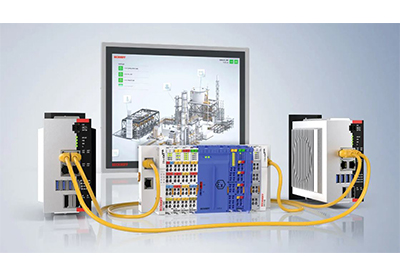How MicroHAWK’s daisy chain functionality streamlines barcoding applications
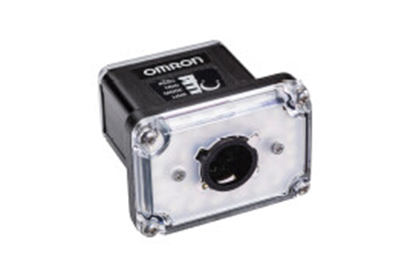
January 23, 2020
Not every production line has a clean 1:1 ratio of products to barcodes. In fact, many finished products and works-in-progress carry multiple codes that serve different purposes. When each item has more than one barcode, the normal setup with a single reader capturing codes on each product likely won’t work.
To get better results, manufacturers can employ what’s known in electrical engineering as “daisy chain” (not to be confused with a rope technique in rock climbing or an actual chain of flowers). This functionality is now built into the MicroHAWK platform to simplify barcoding applications with multiple codes or codes that are in unpredictable locations.
What exactly is daisy chain?
The term “daisy chain” in technology refers to any application in which multiple devices are connected together in a linear series. These could be monitors, Serial Peripheral Interface (SPI) devices, or – in the case at hand – barcode readers. One device is designated as the parent, and it controls multiple “child” devices that make up the chain.
Each child device sends the data that it accumulates to the parent device, which processes the data and then outputs the result. Unlike with a star architecture, which would require the central device to have a large number of ports, using a daisy chain architecture makes it possible to connect a large number of devices even when each device only has two ports.
Typical scenarios in which daisy chain could come in handy in barcoding
A daisy chain arrangement of MicroHAWKs would be the ideal way to deal with objects that have codes on multiple sides, such as PCBs that carry DataMatrix symbols on their top and bottom surfaces. Two to eight readers can be connected to read all codes on a particular item or locate codes that have variable placement.
Daisy chain linking is also useful when there’s a need to have multiple cameras that are logically connected trigger one another in quick succession. In this scenario, the parent reader will receive a trigger and then will send the trigger to the child readers. Currently, the daisy chain functionality only works with V430 Series barcode readers.

